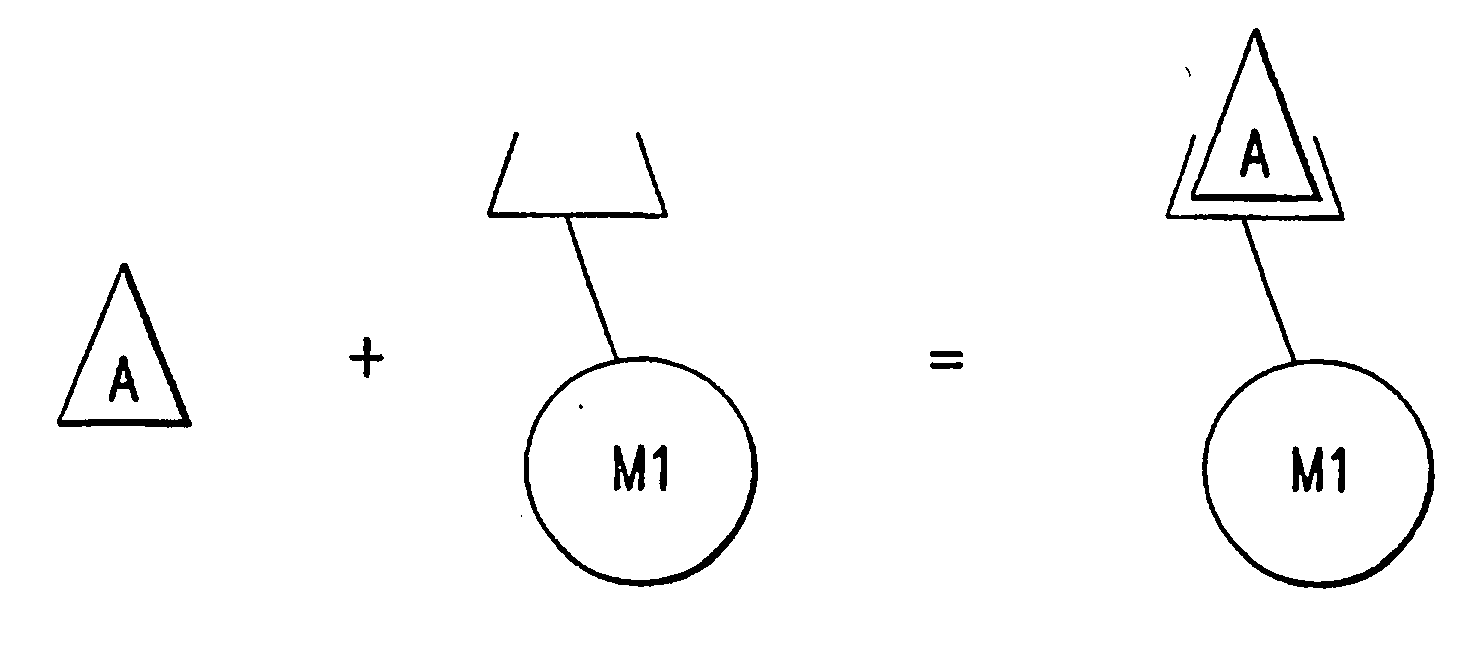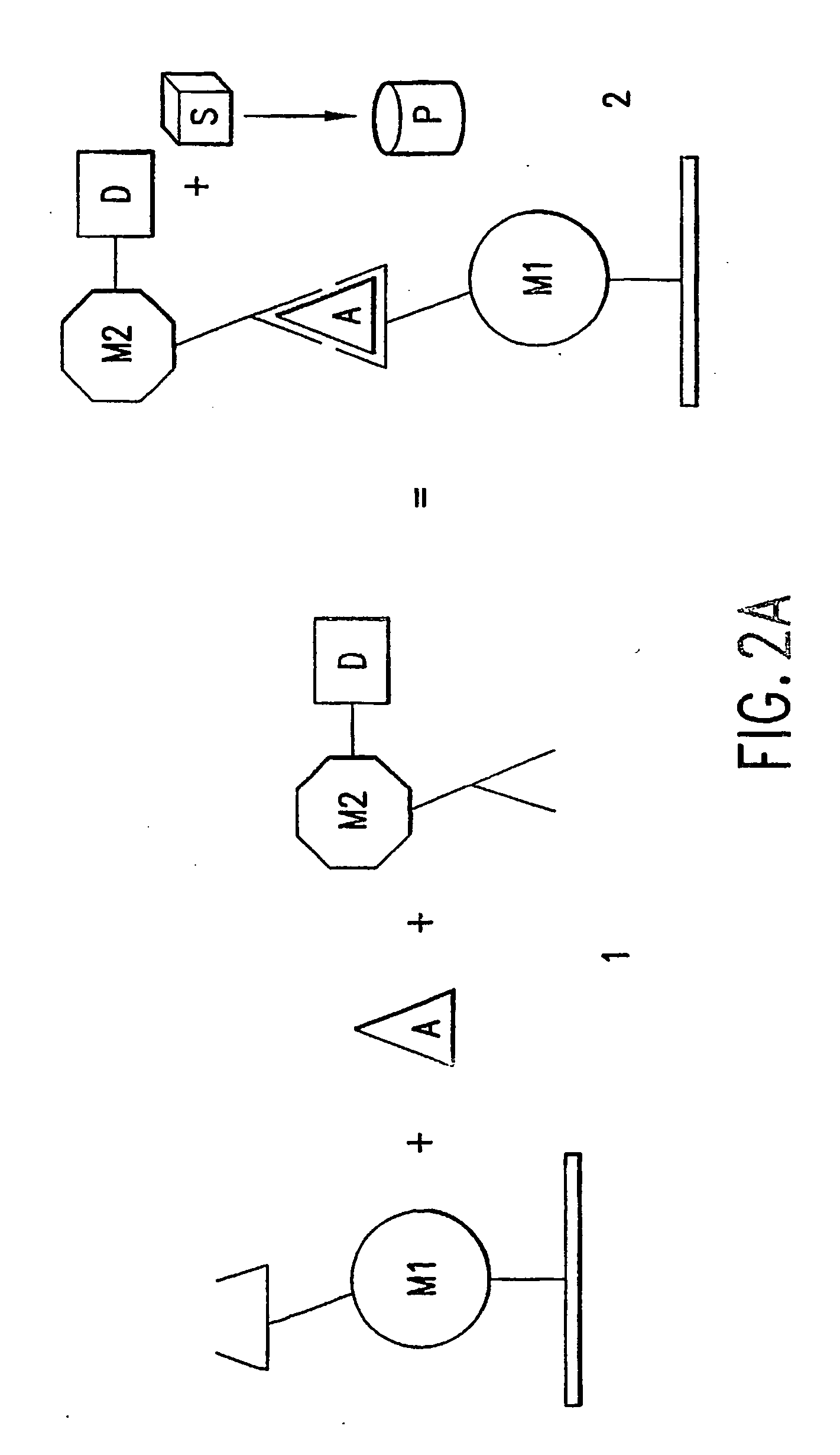Method of using a non-antibody protein to detect and measure an analyte
a non-antibody protein and analyte technology, applied in the field of diagnostics, can solve the problems of difficult to engineer antibody specificity, less accurate assay formats, and difficulty in generating two antibodies that differ in their site of binding to an analyte,
- Summary
- Abstract
- Description
- Claims
- Application Information
AI Technical Summary
Benefits of technology
Problems solved by technology
Method used
Image
Examples
example 2
7. EXAMPLE 2
Detection of a Human Protein Analyte (RAS) Using a Yeast Proteome Microarray
[0260] A yeast proteome microarray containing nearly all yeast proteins was prepared and screened for a number of biochemical activities. A high-quality collection of 5800 yeast ORFs (93.5% of the total) was cloned into a yeast high-copy expression vector using Yeast 9:715). The yeast proteins were fused to GST-HisX6 at their amino termini and expressed in yeast under the control of a galactose-inducible GAL1 promoter (Zhu et al., 2000, Nature Genet. 26:283-289; Mitchell et al., 1993, 9(7):715-722). The yeast expression strains contain individual plasmids in which the correct yeast ORFs have been shown to be properly fused in-frame to GST by DNA sequencing.
7.1. Materials and Methods
[0261] Briefly, yeast ORFs were amplified by PCR and co-transformed into yeast cells along with the vector to generate expression clones. The plasmids were rescued in E. coli, and the vector-insert junctions were ...
PUM
| Property | Measurement | Unit |
|---|---|---|
| Fraction | aaaaa | aaaaa |
Abstract
Description
Claims
Application Information
 Login to View More
Login to View More - R&D
- Intellectual Property
- Life Sciences
- Materials
- Tech Scout
- Unparalleled Data Quality
- Higher Quality Content
- 60% Fewer Hallucinations
Browse by: Latest US Patents, China's latest patents, Technical Efficacy Thesaurus, Application Domain, Technology Topic, Popular Technical Reports.
© 2025 PatSnap. All rights reserved.Legal|Privacy policy|Modern Slavery Act Transparency Statement|Sitemap|About US| Contact US: help@patsnap.com



